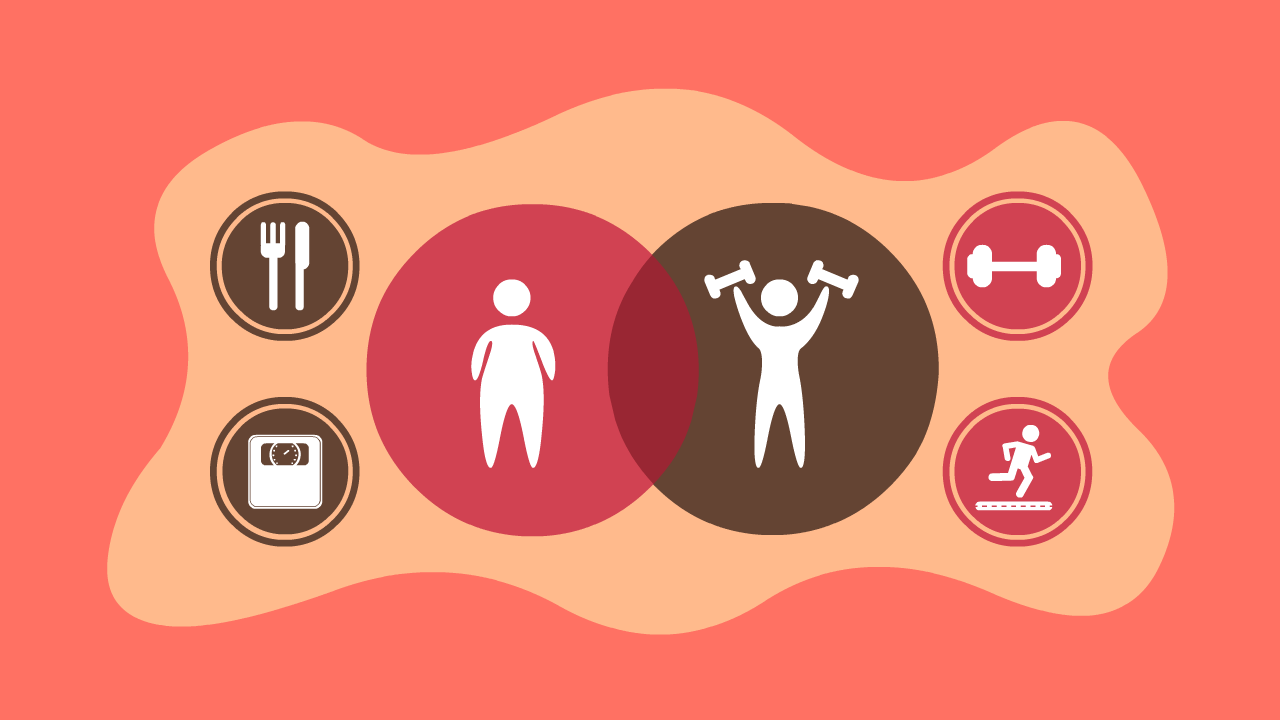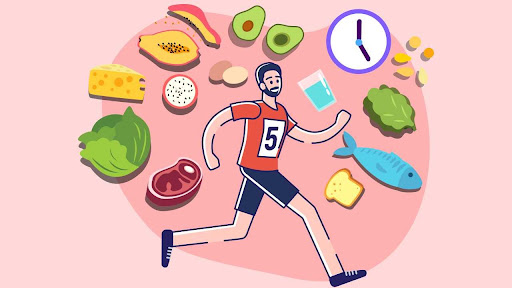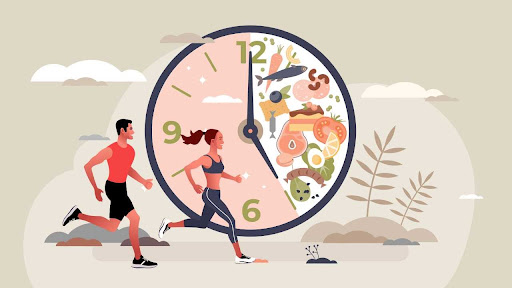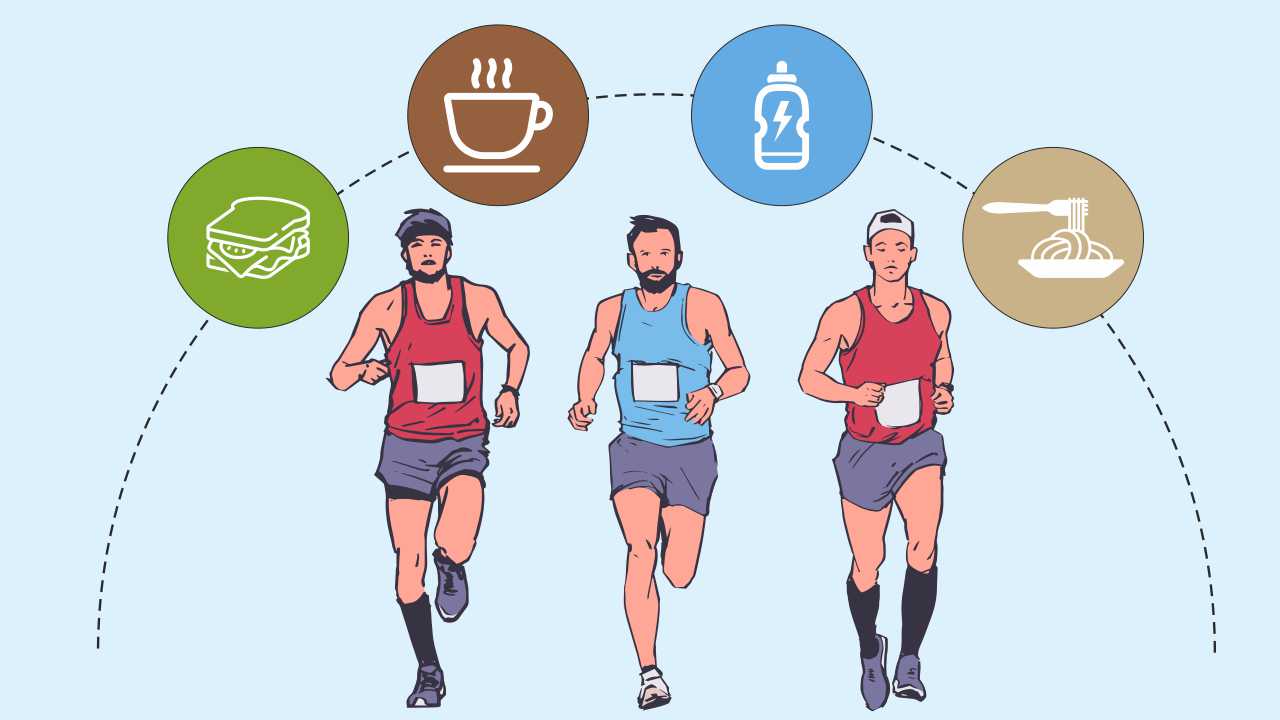
How to Build Muscle and Burn Fat Simultaneously

The modern diet culture is about finding creative ways to cut calories as people chase the often-elusive dream of losing weight and maintaining weight loss. People get so caught up in cutting calories that they tend to believe that building muscle and losing fat at the same time is impossible. After all, burning fat requires eating fewer calories, while gaining muscle requires eating more, right?
Well, this is not completely true. The best way to gain muscle and lose fat is to focus on body composition change rather than weight loss.
What is body composition?
First, let us understand what body composition is. It refers to the relative proportion of fat mass to lean mass. Here, lean mass includes muscles, connective tissues, bones, blood, nervous tissue, skin, and organs. When a person loses weight through diet alone, they are losing both lean and fat mass. This is not an ideal scenario because improved body composition through building lean mass has many benefits. These include a reduced risk of type-2 diabetes and cardiovascular diseases.
How does proper nutrition help in fat loss and muscle gain?
Experts refer to the process of losing fat and building muscle as body recomposition. This should be the primary goal if you are looking for sustainable weight loss. So, to successfully shift your body composition, you need to change how much you eat as well as the foods that you consume. Eating fewer calories to shed weight may be counterproductive if you are also trying to gain muscle. So, you have to find the right balance, wherein you are consuming enough calories to fuel your exercise and achieve desired changes for body composition. It may be a bit more work, but the time spent looking at the nutrition facts label will be well worth it to determine the quantity and quality of the foods you are consuming.
If you do not have too much fat to lose, try maintaining your current calorie level. But shift towards more nutrient-dense foods and add more protein to your diet. If you have more fat to lose, follow the same suggestions but eat fewer calories
However, do not drastically reduce your intake, as it may become difficult to lose fat.
Not eating enough calories can make it more challenging to lose fat for several reasons. You may not have the energy needed to perform a sufficient amount of physical activity or work at your peak capacity. Also, it becomes tough to meet your nutrient needs in terms of vitamin, mineral, and fiber intake. Additionally, not consuming enough food may cause your body to go into survival mode. Your metabolism may start slowing down in an effort to conserve energy. Finally, by making a dramatic decline in calories, you may face difficulty in sticking to your workout program in the long run.
Also Watch: Foods to Promote Muscle Growth
While there is no strict guideline for how much protein to eat, research has shown that approximately 1.6g per kg of body weight per day is a good target for people trying to maximize the results of their resistance training program. The balance of the other two macronutrients, fat and carbohydrates (carbs), is not as important. However, ensure to consume sufficient healthy fats and carbs to maintain your overall health. Eat fruits, vegetables, and whole grains regularly.
Importance of resistance training in fat loss and muscle gain
The second piece of this puzzle of how to lose fat and gain muscle involves a progressive resistance-training program.
A progressive program involves gradually increasing the volume of your training by upping either the weight lifted or the number of repetitions you perform. Do not make the mistake of performing the same workout time and again without increasing the intensity, as you may not achieve the expected output.
The role of resistance training is necessary for both novice and experienced weight-lifters when it comes to preserving muscle mass. Someone new to resistance training will improve their body composition, as they begin and continue to challenge their muscles
Meanwhile, the changes in body composition can be achieved by advanced exercisers if they are following a progressive workout program
Should you reduce cardiorespiratory training to build muscle mass?
There is some debate about the role of cardio when it comes to losing fat and gaining muscle mass. A few experts recommend cutting down on cardio if your goal is to build muscle mass. However, this depends on what you are currently doing in terms of exercise. If you are presently leading a pretty sedentary, inactive lifestyle, adding walking to your routine can help in burning fat and improving your overall health. However, if you are already fit, doing activities like long-distance running or jogging may make muscle building more difficult. Certainly, these activities do offer many health benefits. So, prioritize your goals and adjust your exercise regime accordingly. During periods of weight loss, appropriate amounts of resistance training and cardiorespiratory exercises can help preserve muscle mass.
A great way to simultaneously target fat loss and muscle gain is by performing high-intensity strength-training circuits that involve light weights and long sets along with bursts of cardio. By doing this, your heart rate will go up, and you will reap the benefits of cardiorespiratory training and strength training at the same time.
What to remember
Changing your body composition takes time. So, be patient and do not stress about the number on the scale, as it may not show the steady decline that you are expecting.
Weight loss is an extremely dynamic process, particularly when you are building muscle while losing fat. You will likely see weekly fluctuations in weight depending on your nutritional intake and training program
Consider other techniques of measuring progress. For instance, be mindful of how you feel during workouts and pay attention to how your clothes fit. Record the circumference measurements of your hips, waist, chest, biceps, and thighs before you get started. Doing this periodically during your program can be a great motivational tool. You might feel inspired and empowered when you find out that your waist and hip circumferences are dropping even if your weight is the same. This indicates your body is changing in powerful and meaningful ways.
Also Watch: How Much Weight Should You Lose Per Week?
How to begin your body recomposition
Consider these practical tips to begin your body recomposition:
- Perform progressive resistance training at least thrice a week.
- Consume 2.6g to 3.5g of protein per kg of fat-free mass. For this, you need to know your body composition in terms of fat mass vs fat-free mass.
- Prioritize sleep quality and quantity. This will enhance recovery and performance.
Now that you have an awareness of how to build muscle mass and burn fat synchronously, it is time to perform suitable workouts and implement smart dietary modifications to see promising results in the long run.
References
1. Barakat C, Pearson J, Escalante G, et al. Body composition: Can trained individuals build muscle and lose fat at the same time? Strength Cond J 2020; 42: 7–21.
2. Campbell B, Aguilar D, Conlin L, et al. Effects of high vs. low protein intake on body composition and maximal strength in aspiring female physique athletes engaging in an 8-week resistance training program. Int J Sport Nutr Exerc Metab 2018; 28: 1–21.
3. Cava E, Yeat NC, Mittendorfer B. Preserving healthy muscle during weight loss. Adv Nutr 2017; 8:511–9.
4. Heymsfield SB, Cristina Gonzalez MC, Shen W, et al. Weight loss composition is one-fourth fat-free mass: A critical review and critique of this widely cited rule. Obes Rev 2014; 15: 310–21.
5. Longland TM, Oikawa SY, Mitchell CJ, et al. Higher compared with lower dietary protein during an energy deficit combined with intense exercise promotes greater lean mass gain and fat mass loss: A randomized trial. Am J Clin Nutr 2016; 103: 738–46.
6. Morton RW, Murphy KT, McKellar SR, et al. A systematic review, meta-analysis and meta-regression of the effect of protein supplementation on resistance training–induced gains in muscle mass and strength in healthy adults. Br J Sports Med 2017; 52: 376–84.














